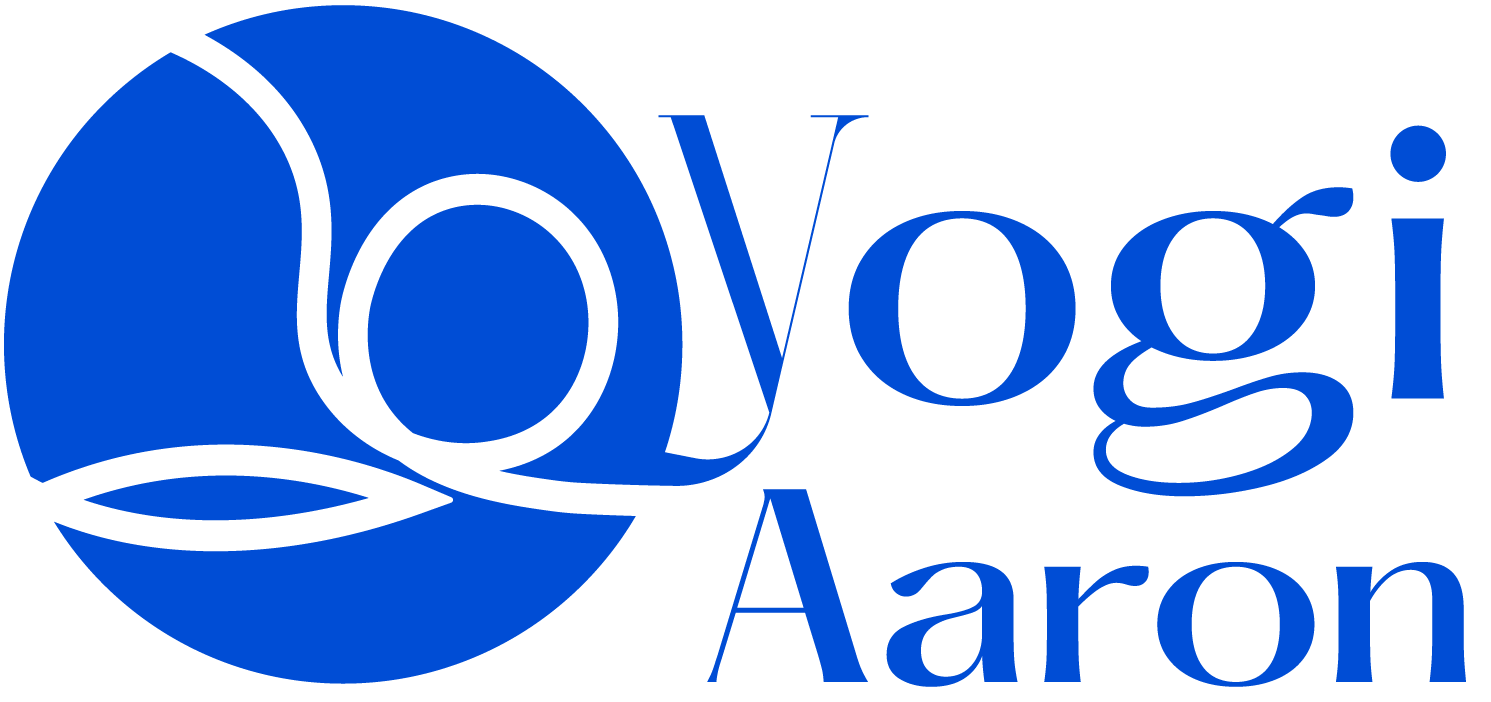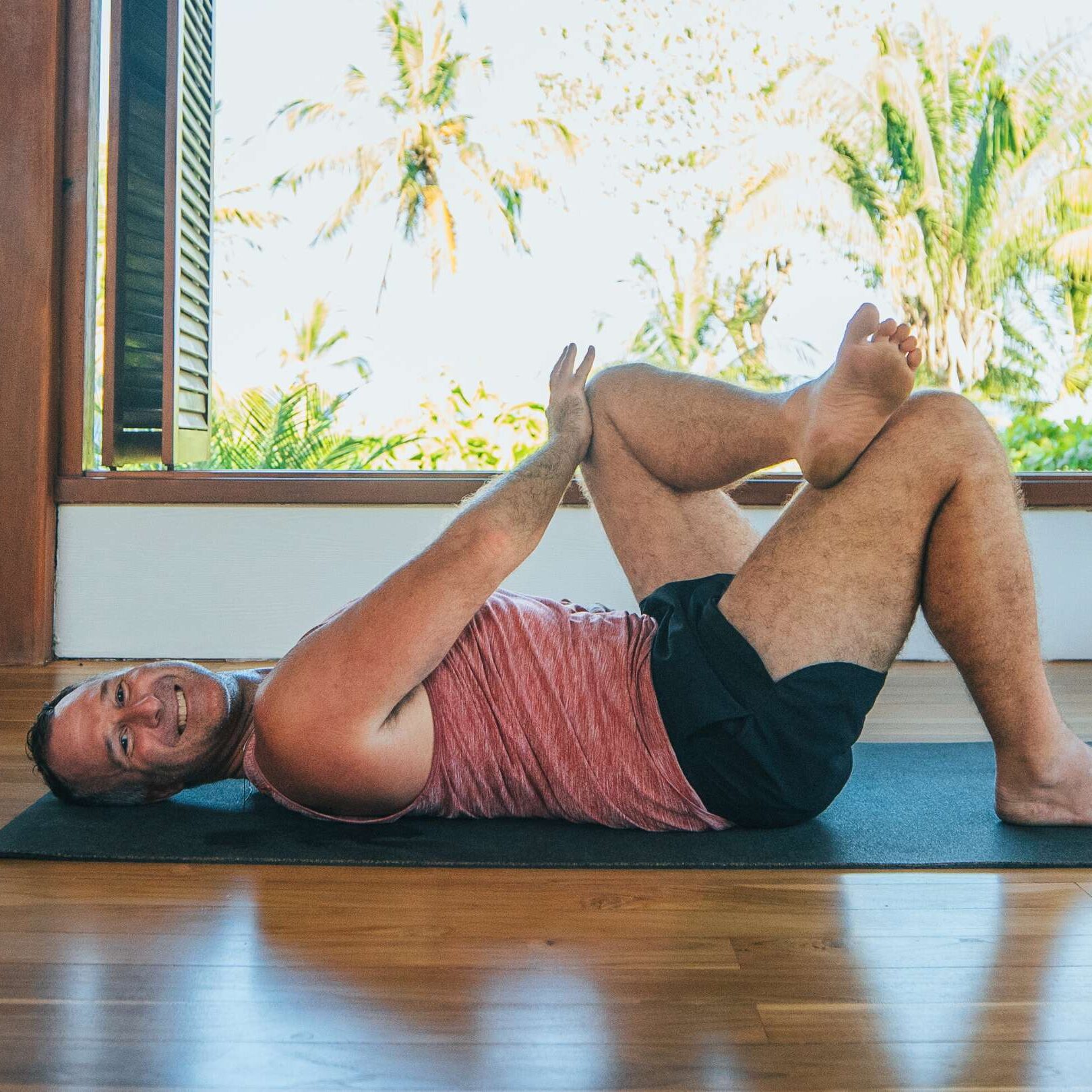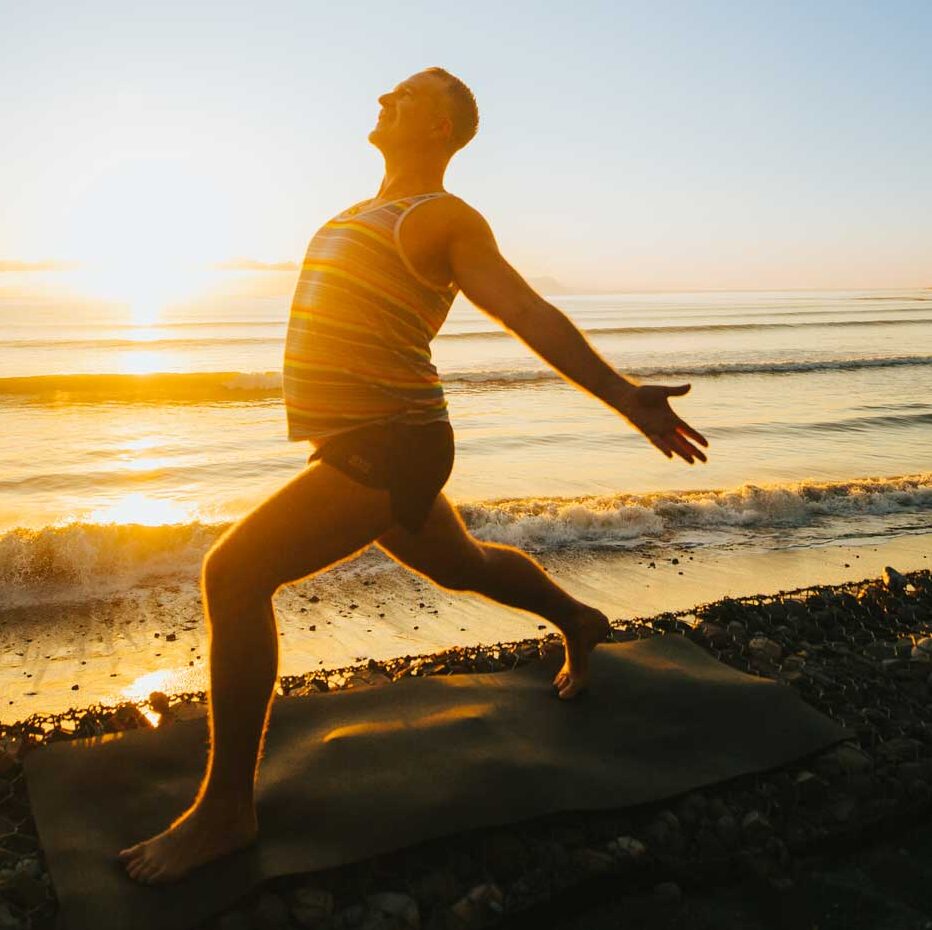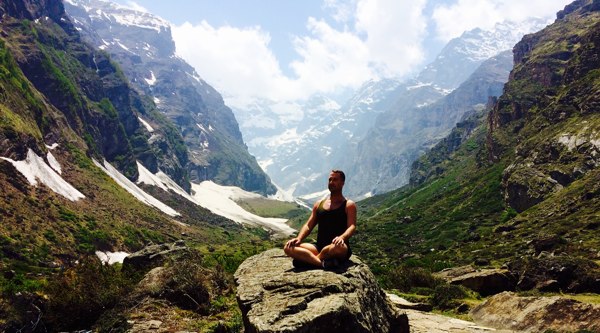Ever wonder why some everyday athletes experience a never-ending string of injuries in the major muscles of the body, but others don’t?
Curious how to develop strength and stability so that you can enjoy a pain-free life — regardless of your age?
Here’s what you need to know:
Living a pain-free life without limitations is possible regardless of your age or fitness level.
But to withstand the daily stress of physical activity and successfully avoid injury, we must stop stretching and start strengthening the neuromuscular connection between the muscular system and the brain.
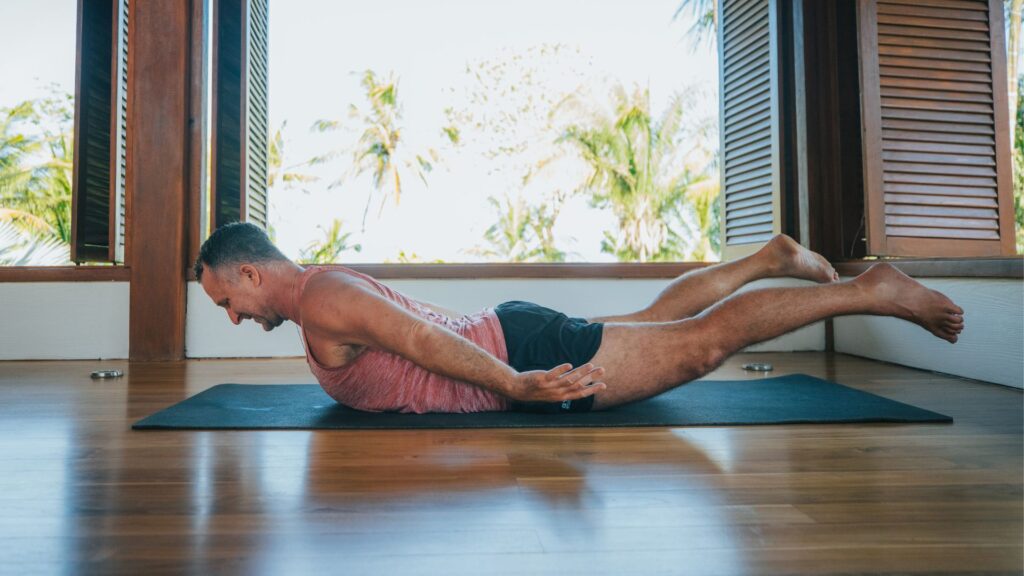
Enter: AYAMA™.
AYAMA stands for Applied Yoga Anatomy and Muscle Activation. It’s a revolutionary approach to yoga that focuses on activating the muscles (never stretching them out) — and has helped hundreds of people equip their bodies to handle stress and relieve pain for good.
According to the tenets of AYAMA™, seven main muscle groups support spinal movement. Are there more than seven groups of muscles? Absolutely! (There are more than 600 muscles in the body.)
However, for the sake of this article, we will focus on the seven key muscle groups that have the most dramatic impact on your stability and mobility.
Take the time to regularly practice muscle activations that target each of these seven main muscle groups, and you’ll build a resilient and well-balanced body free from pain and injuries.
Want to become pain-free in seven days? Get access to my free pain-free workshop here!
Major muscles of the body: An overview of the 7 major muscle groups
Ready to restore balance to your body? Wondering what are the different muscle groups?
Pay attention to these seven main muscle groups and you’ll feel strong and stable — no matter what life throws your way.
1. The Trunk Rotators
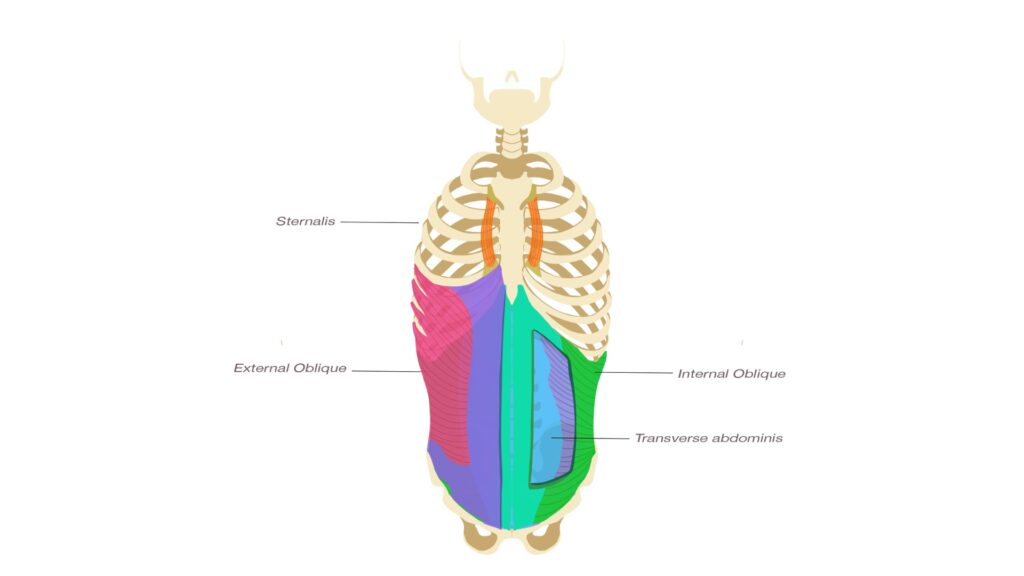
Your trunk rotators enable you to rotate your spine, simple as that. I believe the trunk rotators are among the most important muscles in the human body, as we use them for nearly every movement we make.
Take a sec to think about it. What physical activities do you enjoy most? Surfing? Soccer? Dancing? Extreme pillow fighting?
Whatever your answer, this action would not be possible without the ability to twist your spine from one side to the other.
From an AYAMA perspective, the primary purpose of activating the trunk rotator muscles is to strengthen and stabilize the muscles that support your spine.
If we can get the trunk rotators firing correctly, we can positively impact all the other major and minor muscle groups that support the spine — and significantly improve our spinal health and mobility in the process.
There are other benefits to activating your trunk rotator muscles, too. Benefits like:
- Improved digestion and elimination through increased blood flow throughout the body
- Stimulating and compressing important internal organs like the kidneys, adrenals, liver, gallbladder, pancreas, and spleen
- Improved circulation to the spinal nerves, blood vessels, and tissues through the contraction of core muscles and the squeezing of internal organs
- Toning the muscles of the trunk and spine while improving the function of the lymphatic system (the garbage-removal system of the body)
If you practice yoga, you can think of trunk rotator exercises like twisting postures. Essentially, you’re doing a twist anytime you rotate your spine.
I suggest practicing spinal trunk rotator activation techniques before any physical activity or sport like running, walking, hiking, CrossFit, or yoga.
2. The Trunk Flexors
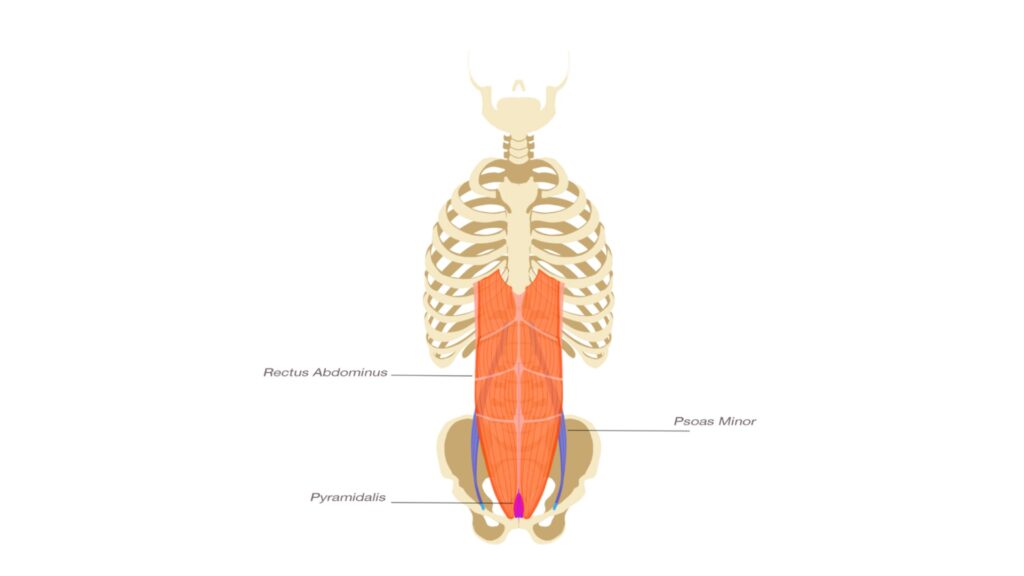
How many times a day do you bend over to pick up something? From dropped car keys to dirty socks to your kid’s LEGO, countless items end up on the ground daily.
Say hello to your trunk flexors. These major muscles of the body enable you to fold forward with ease.
When the trunk flexors are not functioning correctly, minor muscles in the back must compensate — muscles not equipped to take on the strain of bending over — and pain and injury almost always follow.
I’ve found that most people’s trunk flexors are not firing correctly, leaving their backs vulnerable to overuse and injury.
Here are a few additional reasons to activate your trunk flexors:
- Activate your trunk flexor muscles and you’ll strengthen the deep back muscles extending from your sacrum to your cervical spine.
- Trunk flexor muscle activations strengthen the anterior musculature structures of the upper back, abdominals, and quads.
- Safely practicing trunk flexor activations requires core contraction; through that contraction, we strengthen the abdominal muscles and gently compress the abdominal organs.
The spinal trunk flexors and spinal trunk rotators often work together, so a nuanced approach to muscle activation that focuses on both muscle groups simultaneously is most effective at increasing fitness. (More on how to activate these muscles at the end of the article.)
3. The Trunk Extensors
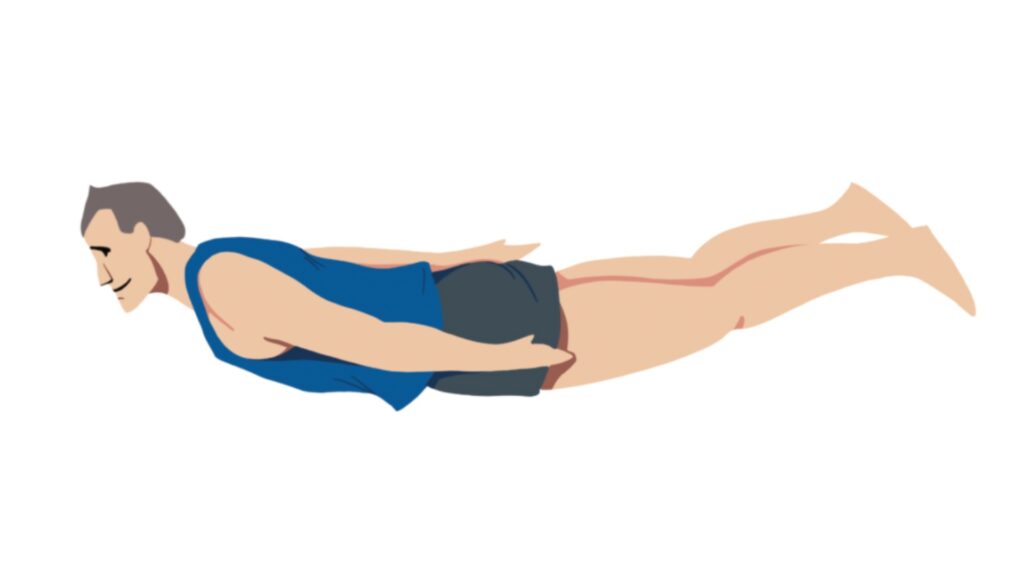
The next main muscle group to never neglect is your trunk extension muscles. These are the muscles in your back that hold your spine in an extended, elongated posture; they counterbalance the gravitational forces that pull your spine into flexion (a fold forward).
Most of us spend at least a few hours a day hunched over our desks or smartphones. Our work in AYAMA is to counteract the negative impacts of poor posture and slumped shoulders by activating our trunk extension muscles.
When we engage the trunk extension muscles, we increase our capacity to sit, stand, and perform essential functions with proper form, mitigating the risk of future injury.
From an AYAMA perspective, when we strengthen our backs, we change our lives. It’s not hyperbole! Strengthen your trunk extensor muscles and you will:
- Stimulate your sympathetic nervous system, which creates an expansive energetic response in your body. In other words, trunk extensor activations (backbends) give you energy and feelings of growth and openness!
- When you engage your trunk extensor muscles, you get out of your head and tap into your creative source of limitless potential. New possibilities and next-level ambitions no longer feel so out of reach.
- When it comes to the biomechanics of trunk extensor activations, the primary objective is to strengthen the musculature of the upper back (thoracic spine), lower back (lumbar spine), sacrum, gluteal muscles, and hamstrings.
Because we spend so much time sitting and in flexion (forward-bending postures), our back extensors tend to be weak. I always include at least one spinal extension activation in every AYAMA practice I do — aka, I practice spinal extensions every day!
If you’re wondering how to get started with strengthening your trunk extensor muscles, start with this video on how to safely practice backbends.
4. The Lateral Flexion Muscles
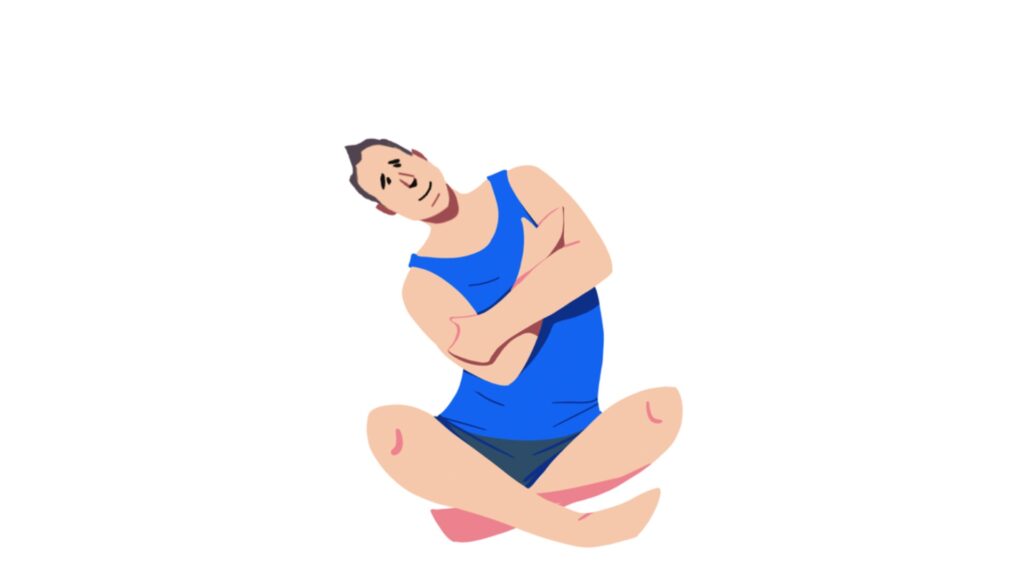
The lateral flexion muscles, called your side-bender muscles, are major muscles of the body that are often overlooked. That’s because exclusively extending through the side body is not an obvious or common daily activity.
And yet, I’d argue that we use our lateral flexors more often than we realize. From raking the leaves to dancing in the kitchen to picking up that pen we dropped while sitting at our desks, the ability to easily bend at the side is crucial to a well-rounded, active lifestyle.
Your lateral flexion muscles not only allow you to bend and extend through your side body, but they also serve as essential trunk and spine stabilizers.
Neglect your lateral flexors, and you substantially increase your risk of lower back pain…
If you struggle to straighten your spine or feel like you’re constantly leaning to one side, your lateral flexion muscles might require attention.
Other notable benefits of activating these muscles of the body include:
- Lengthening and compressing deep spinal muscles, intervertebral ligaments, and connective tissue while strengthening the shoulder and pelvic girdles
- Building strength and stability in the torso while restoring asymmetrical imbalances in the spine, shoulders, and pelvis (as might be the case if one side of your body is stronger than the other)
- Activating and strengthening your core stabilizer muscles
No matter what activity I am about to perform, I always take a moment to practice Superman pose, one of my favorite lateral flexion muscle activations.
5. The Hip Flexors and Adductors
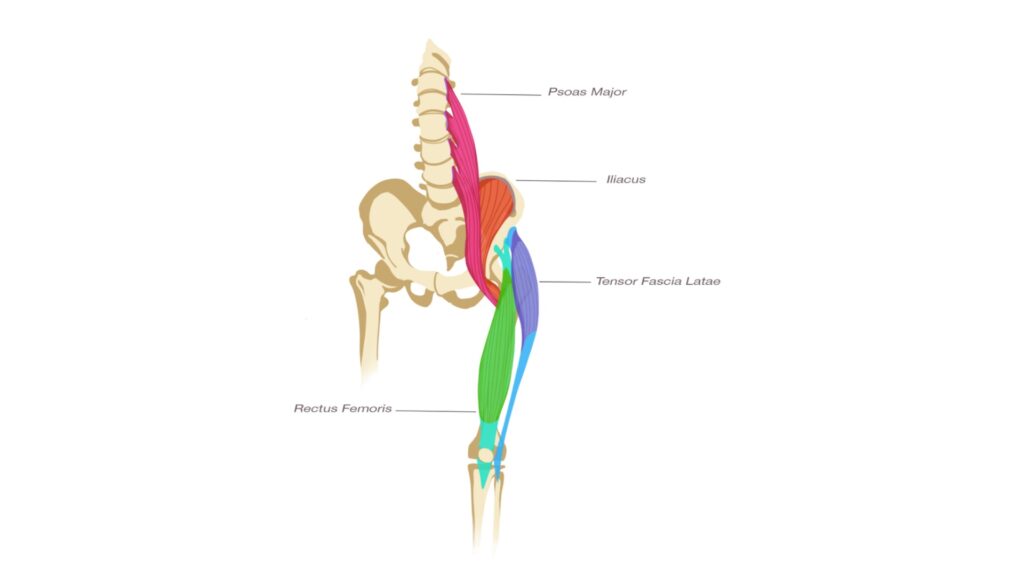
Your hip flexors are major muscles of the body and vital players in safely and effectively mov- ing your lower body. Anytime you walk, run, kick, bend, or swivel your hips, you’re recruiting the use of your hip flexors and adductors!
Your hip flexors (and extensors) act as a suspension and shock-absorbing system for your entire body. Your largest hip flexor, the iliopsoas, helps maintain the curve in your lumbar spine.
We can trace countless problems in the body back to our hip flexors…
If your hip flexors aren’t working correctly, stress is transferred to your ankles, knees, lower back, and shoulders, and you risk straining or tearing muscles when you make a sudden movement.
Inactive hip flexors also contribute to tight, stressed-out hamstrings — and tight hamstrings put unnecessary stress on your lower back.
So, if you’re experiencing stress, trauma, and overuse in your hamstrings and lower back, I suggest paying close attention to your hip flexor muscles!
To sum it up, here’s why you should never neglect these major muscles of the body:
- Activated hip flexors improve your body’s suspension and shock-absorbing system so you don’t overstress your knees, ankles, lower back, and shoulders.
- Activated hip flexors ensure your lower body can function safely and efficiently, whether running, bending, or swiveling your hips.
- Activated hip flexors reduce the risk of muscle strains and tears from quick, sudden movements.
Note: Hip-opening yoga poses cause instability in the body, and where there is instability, pain and injury are sure to follow! If you’re wondering how to safely open your hips, check out this 20-minute yoga for tight hips video.
6. The Hip Extensors and Abductors
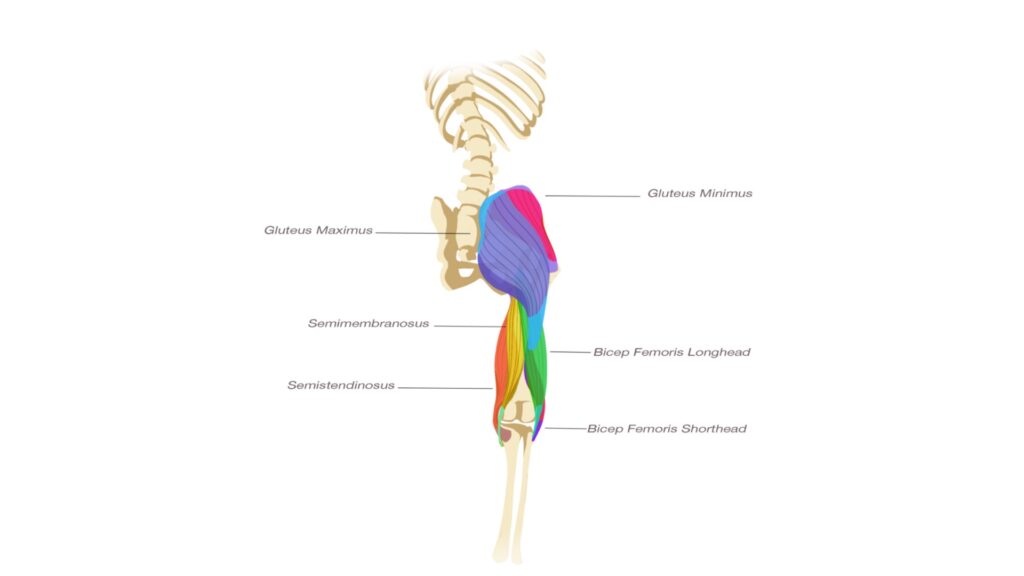
Do you experience lower back pain after standing on your feet all day? Is an afternoon of shopping or walking around town a taxing experience?
These are signs you might want to practice hip extensors activations.
It’s easy to confuse our hip extensors with our hip flexors (mentioned above). While the two muscle groups facilitate similar movements like walking and running, each group must function optimally to support a full range of motion through the hips.
Activate both the hip flexors and the hip extensors to promote lower back health and safely perform daily activities.
Like the hip flexors, there is a synergistic relationship between your hip extensors (particularly your gluteal muscles) and your lower back muscles.
When working with students one-on-one, I trace countless lower back and knee issues back to weak, inactive hip extensors. And it’s hardly any secret why. Sitting is a primary reason our hip extensors shut down, and yet most of us spend all day in static positions.
So, take the time to activate your hip extensors to:
- Stabilize your pelvis and reduces the risk of knee injury
- Promotes lower back health and stability
- Facilitates everyday movements so you can live your life with mobility and ease
Bonus tip: Lower back pain and knee pain are commonly caused by weak hip extensors (especially the gluteal muscles). Make a commitment to practice bridge pose every single day—even if you don’t think you need it. Your future self will thank you!
7. The Shoulders
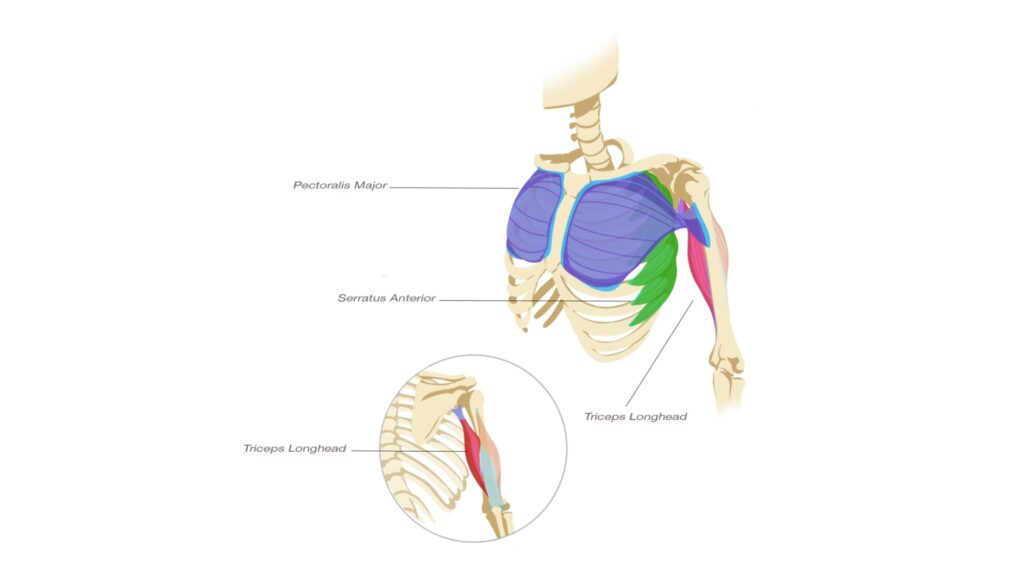
Many of my students are surprised to learn that the shoulders are one of the seven main muscle groups to workout. However, from an AYAMA perspective, the shoulders play a crucial role in overall stability and wellness.
Consider the synergy between the shoulders and the spine, particularly the upper spine. The shoulders will be vulnerable to weakness and injury if the spine is weak.
Activated shoulder muscles are essential for stability in the neck; when the shoulders do not maintain shoulder integrity, neck pain and headaches often ensue.
Finally, there is an interesting symbiotic relationship between the hips and the shoulders. When one is not functioning properly, the other tends to compensate.
Activating the major muscles of the body in your shoulders:
- Promotes neck stability to reduce the risk of headaches and neck pain.
- Improves overall bodily wellness by reducing overcompensation in the hips and upper spine.
- Stabilizes the cervical spine (neck) and minimizes future injuries that could result from loss of structural integrity.
If you spend day after day working at a desk, you will compromise your neck and shoulders. Begin applying AYAMA exercises to (1) mitigate the adverse effects of hunching over your com- puter screen and (2) engender more stability in your neck and shoulders.
And if you’re already dealing with neck pain, check out my free 7-day neck pain relief yoga series.
Simple techniques to activate your 7 main muscle groups
Now that we’ve covered the list of major muscle groups according to an AYAMA perspective, you might be thinking:
Okay, great… but what should I do to start activating these seven main muscle groups of the body so that I feel strong and stable?
First, check out Stop Stretching for a field guide to AYAMA — a one-stop resource to learn simple techniques to activate your muscles and reduce risk of injuries. This is my bestselling book that easily explains everything you need to know to start living pain-free.
Then, hop over to The Yogi Club for online yoga videos with step-by-step muscle activation tutorials
I started The Yogi Club to create an online, inclusive wellness space to help as many people as possible live pain-free life and manifest their life purpose.
Whether you enjoy a 15-minute AYAMA yoga practice, sit down for a guided meditation, or dive deep into a pain-free series — I guarantee you will be on your way to finding YOUR happy place!
Get your free trial to The Yogi Club here.
